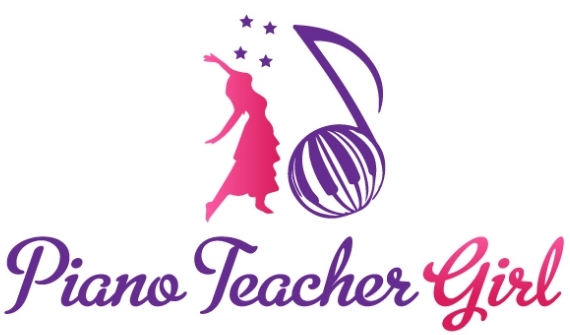So, you’ve found a great school or teacher for yourself or your child, and you’re ready to set up the first lesson, which is usually called a trial lesson. What can you expect to happen?
GOALS and BACKGROUND
A teacher and a parent may have a brief discussion on the goals they have for their child’s lessons as well as any background information such as prior lessons, or some general insights into their child that they believe would be helpful for the teacher to know. Sometimes the best thing to do is to just dive right into the lesson and show the student some important things, and then cover the nitty gritty once a student has had a bit of time with the instrument.
PROPER SEATING AT THE PIANO
In a trial lesson, it’s important to make sure the student is sitting comfortably at the bench, and that they feel like they are sitting high enough to reach the keys easily. If a student is young and shorter, the teacher may have him or her sit on a book to bring them up to the correct level so their arms can run parallel to the keys. They don’t want to sit too low as their wrists will bend uncomfortably.
NAVIGATING THE KEYBOARD
The teacher will explain layout of the keyboard to the student and show them the groups of 2 and 3 black keys, as well as introduce them to the high, mid and low sounds. For an adult student, this is all fairly obvious as we’ve seen pianos our whole lives, but it’s still helpful to understand how things are set up!
FINGER NAMES
For a young student, its important to help them learn the finger names which are numeric - Thumbs are 1, Pointers are 2, Middle fingers are 3, Ring Fingers are 4, and Pinkies are 5. It’s fun to make a game out of it and to get students to “wiggle” certain fingers with others so they can learn which one is which.
HAND PLACEMENT
This is very important for everyone, but especially young children as they will be incline to let their wrist pop up or have flat fingers. Teachers use different methods to convey how a student should hold their hand. One way is to tell a student to make a fist and then gently let it go so the fingers will curve. My favorite list to tell a student that they have a bubble in their hand, and they need to keep it safe! (I always like to name my bubble Pedro, and encourage the student to name theirs as they think that’s funny). If they let their wrists pop up, I tell them their bubble will fly away, but if they let their hands go flat the bubble will POP! So they have to keep their fingers gently curved to keep Pedro, or Luca, or Chloe safe!
The proper hand placement also comes from the way they are sitting, so if it seems like they are struggling to reach the keys and making their wrist pop up or bend incorrectly, that’s when they probably need to sit on a few books or a pillow so they will be higher.
FIRST SONG!
Now that a student has been shown the finger names, the groups of 2 and 3 black keys and has been taught how to hold their hand and sit correctly, the teacher can show them a couple songs! My favorite songs to show students have been “Mary Had a Little Lamb” and “Old MacDonald Had a Farm” as everyone knows these songs and they will come away from the lesson being UBER excited that they can already play something! Fastest way to get a student to practice is to show them how they can play something constantly. Adults may not get AS excited about these two songs, but there are method books that can be used in the first lesson showing them the basics of the keys, and soon they will be on their way to learning their first song as well!
Enjoy your first trial lesson!

